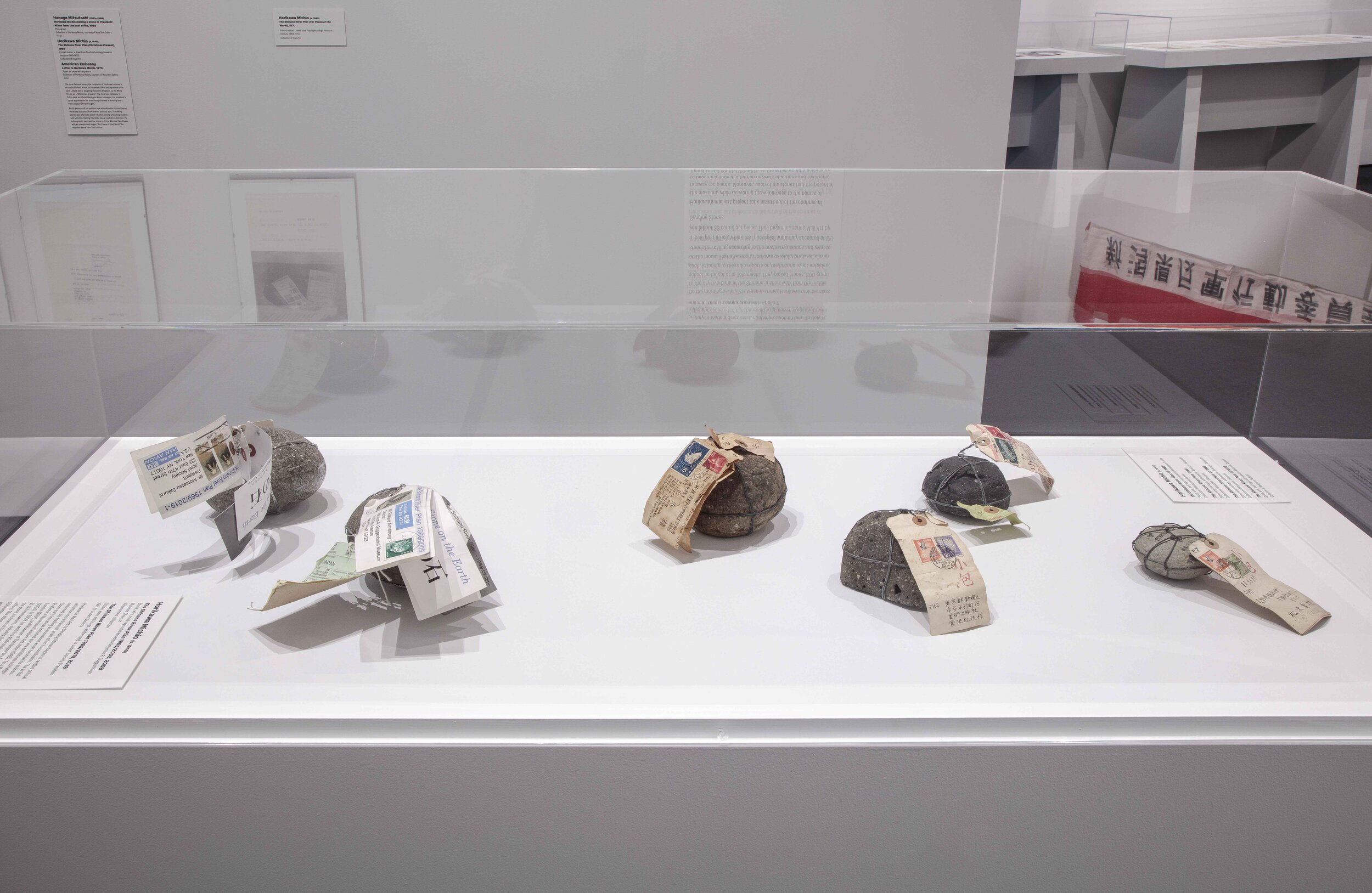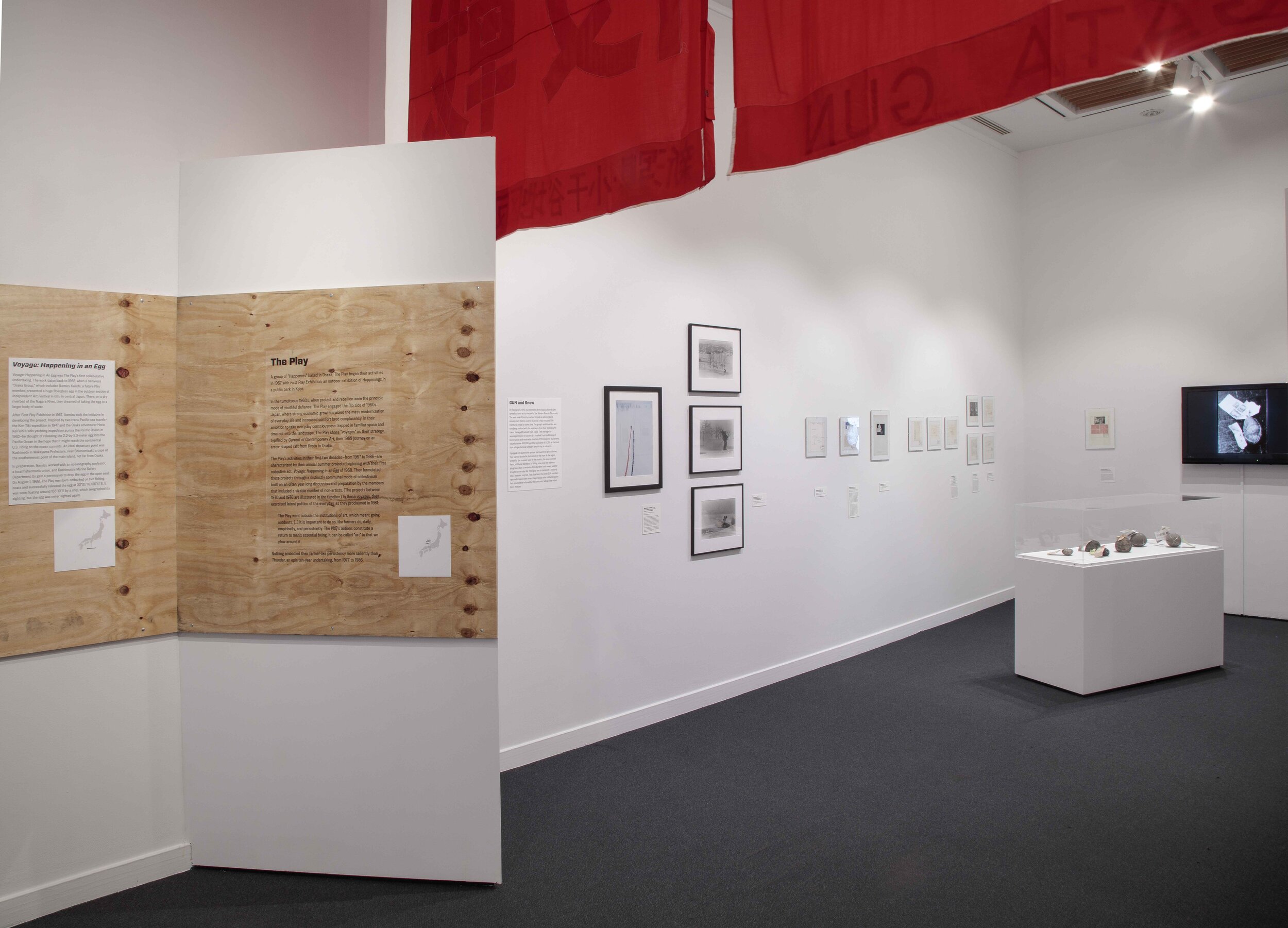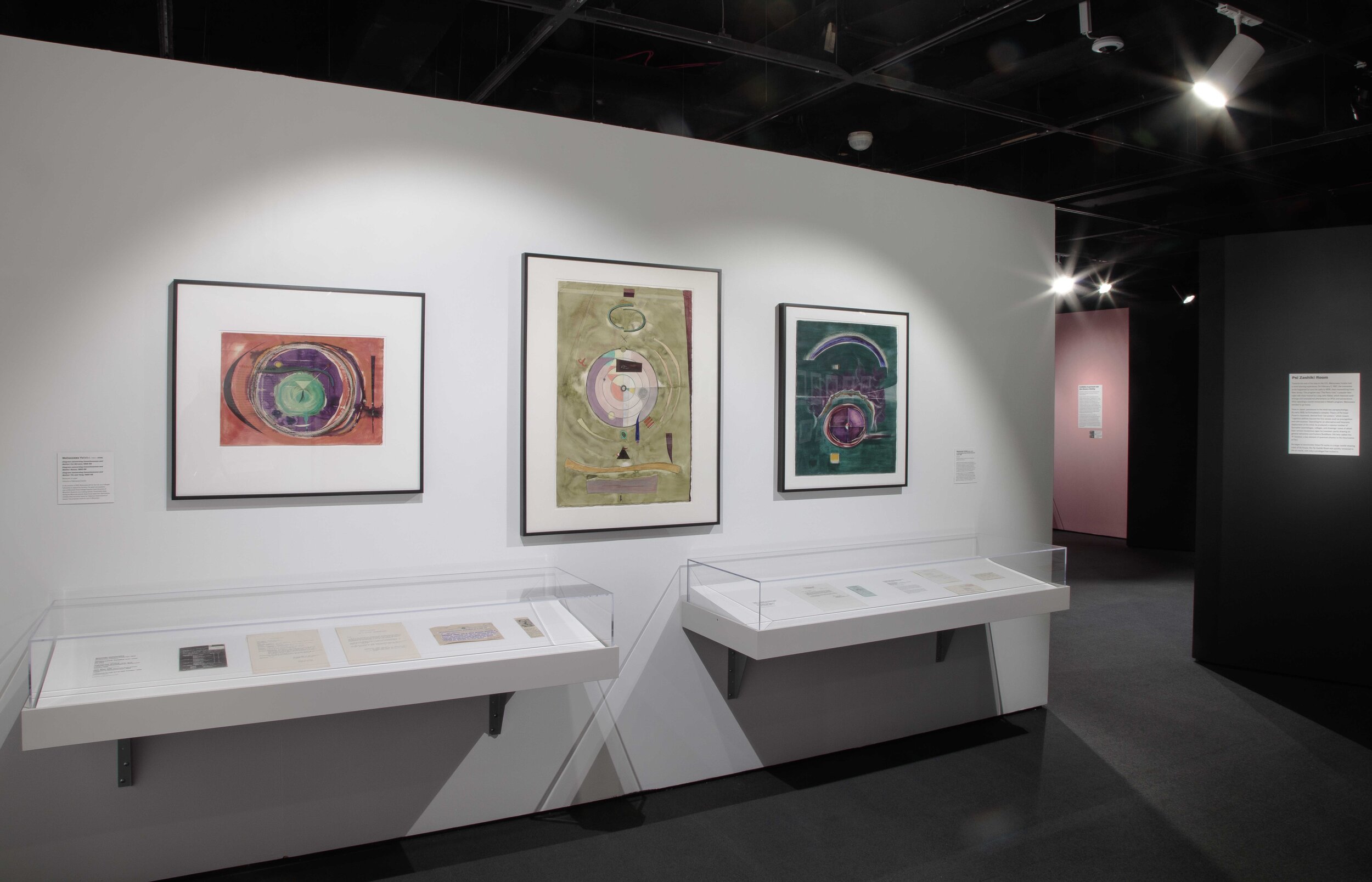Radicalism in the Wilderness
Location: Japan Society Gallery, New York
Date: March 2019
Curators: Reiko Tomii
Services Provided: Exhibition Design, Case Work, AV Specification Design
















Excerpt of Japan Society’s Press Release
“Artists Yutaka Matsuzawa and the two collectives The Play and GUN were radical experiment artists from the 1960s Japan who made ground breaking contributions to the evolving international postwar art in defiance of existing conventions. The following artists challenged established norms to expand the definition of visual art through language, performance, mail art, land art, and political art. Radicalism in the Wilderness surveys the range of their projects, at times colorful, imaginative, and playful, but also inextricably linked to complex social, political, and cultural issues of the turbulent and innovative 1960s.”
Yutaka Matsuzawa was one of Japan’s pioneer conceptual artists. He made a complete break from materiality in his art through his drastic proposal of “vanishing of matter,” best exemplified in his landmark exhibition Independent ’64 in the Wilderness (1964). Informed by his interests in contemporary science, parapsychology, and non-Zen Buddhism, Matsuzawa established his immaterial art using “kannen,” a Buddhist-derived practice of “meditative visualization” to unleash the viewer’s mental faculty to see the mind’s eye.
GUN was composed of multiple artists from the northern Niigata prefecture facing the Sea of Japan, this collective was best known for their ephemeral and site-specific experience of Event to Change the Image of Snow (1970), which included the group members spraying an array of bright color pigments over the isolated, snow-covered dry riverbed of the Shinano River. GUN reprised the act four days later, and each event lasted only 30 minutes, as new snowfall quickly erased the huge color field abstraction.
The Play an Osaka based collective of “Happeners”, The Play created a series of “voyages” into various landscapes—oceans, rivers, mountains. By collaborating with ordinary people who provided them with the necessary resources for these landscape-based projects, they prefigured the contemporary movement for community-based, socially engaged art practices.
Photography credits:


